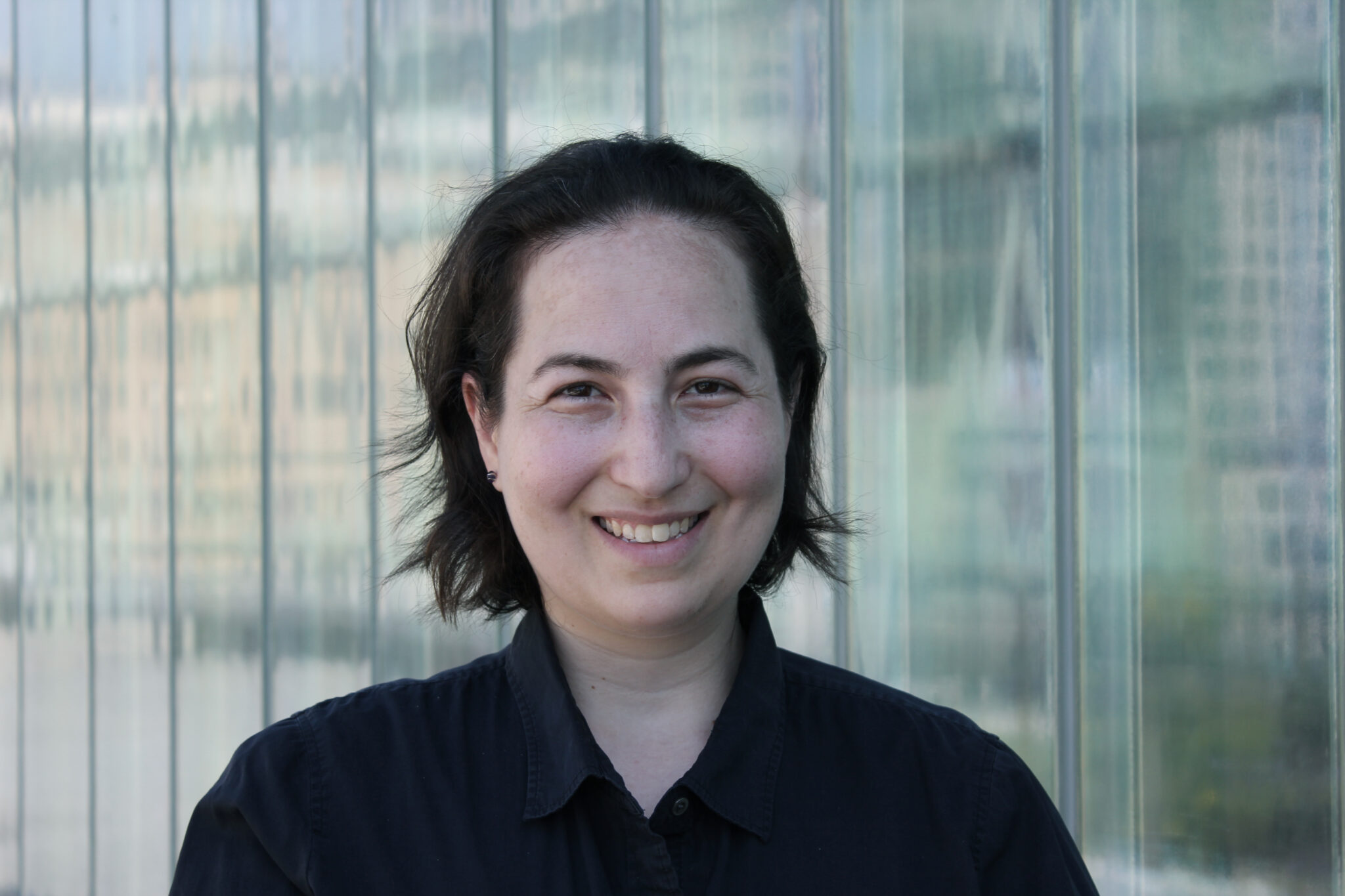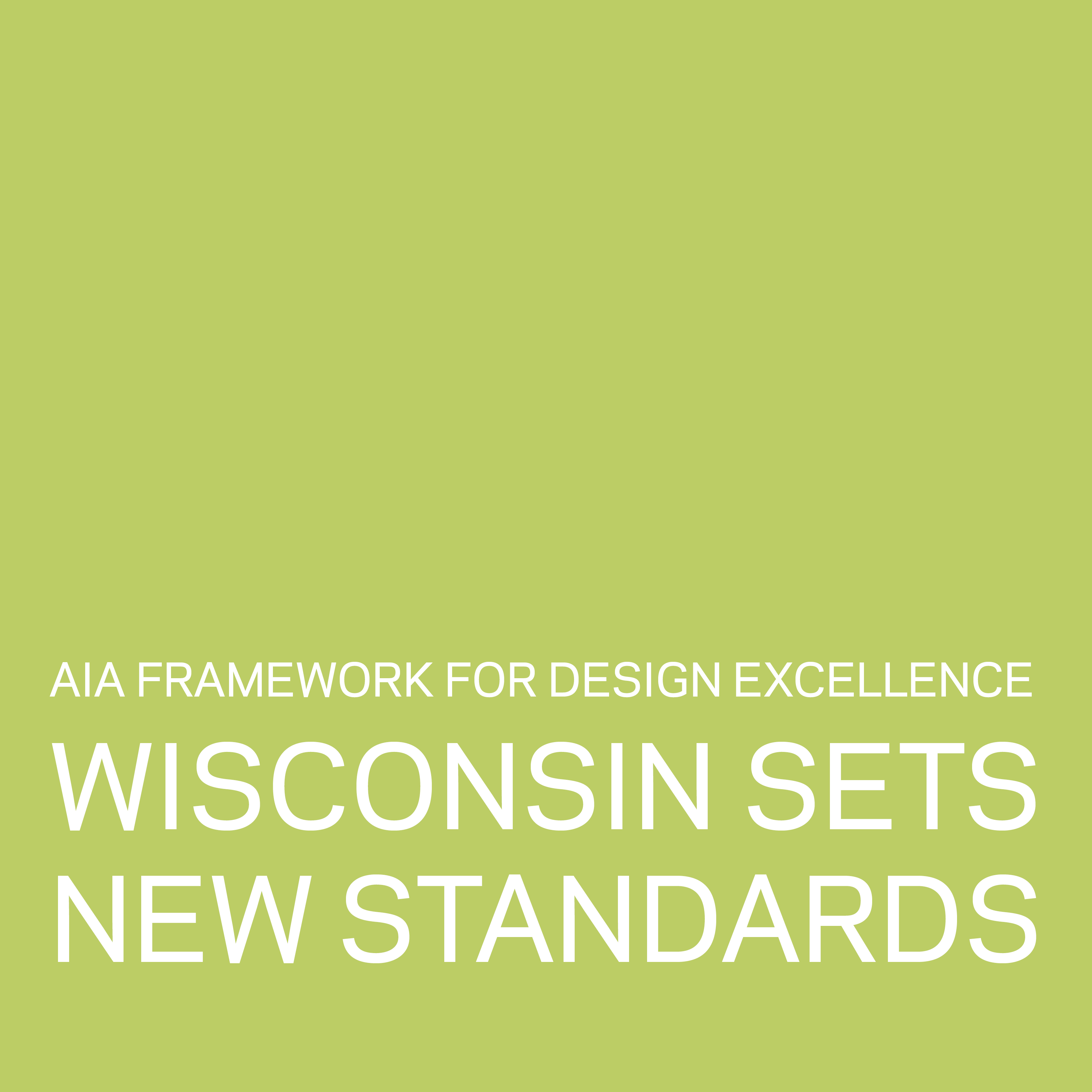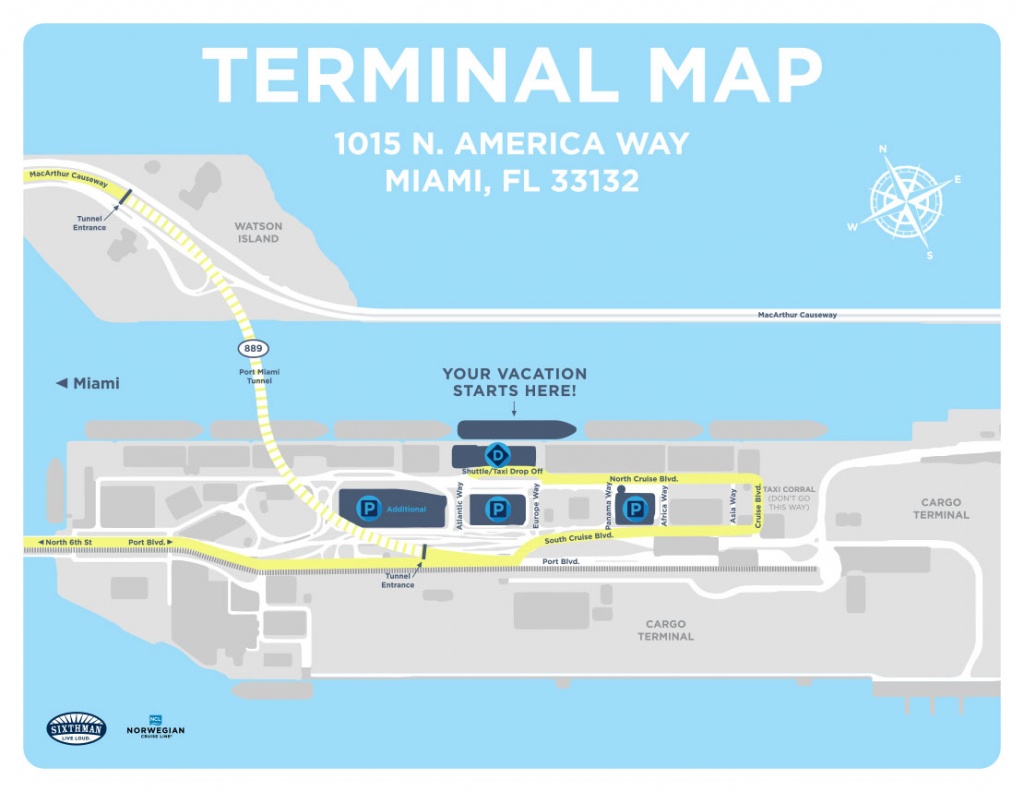Table Of Content

A number of options are available in a range of sizes, including options for the number of bedrooms and bathrooms, with a provision for a studio apartment in the back of the house or the possibility of a party wall configuration. The Renwick Gallery is a great example of the adaptability of an existing building. The project provided historically sensitive upgrades to the structural system to allow 40 tons of new static load in the Grand Salon for future art exhibits. Passive survivability refers to a building’s ability, or components of the structure, to maintain essential functions and withstand damage after a disaster event whether natural or man-made. Good design is adaptable, resilient, and flexible to change over time—reducing the building’s risk and vulnerability and enhancing its usability, functionality, and value. Among many other topics including indoor air quality and natural light, the Kendeda Building project also ensures that no materials from ILFI’s Red List were permitted in the project.
Delving Into the 2019 AIA COTE Top Ten Winning Projects - ARCHITECT Magazine
Delving Into the 2019 AIA COTE Top Ten Winning Projects.
Posted: Fri, 06 Dec 2019 23:50:24 GMT [source]
Committee on the Environment
Use an integrated design process that respects and values multiple viewpoints. This approach to building design requires a multidisciplinary and collaborative team whose members make decisions based on a shared vision. This differs drastically from the previous design and construction approaches in the industry, which tended to operate in fragmented silos. Local materials (stone for cladding, using trees from the site for tables, salvaged oak planks) play a large role.
Design Excellence case studies: Explore four projects demonstrating successful economic design
An AIA award is the ultimate acknowledgment of impactful, exemplary work in architecture and design. That’s why we’re designing this year’s Women’s Leadership Summit around the theme of building resilience—the ability to adapt to an ever-changing landscape, recover from setbacks, and persevere through difficult times. It celebrates women leaders at every career stage, empowering all of us to change the future.
Awards
On the first day of work at my first job out of school, I read electrical meters. At least one day a week for the following year, I was out in the field, reading meters, measuring daylight, or asking people for their thoughts on the spaces they occupied. This experience led me to be curious about the outcomes of any design decision. When choosing a window spec or laying out a floor plan, I think about the electrical meter that will be turning, faster or slower, some years from now, based on the decision I make today. Human-centered design requires a clear understanding of how speech, noise, and sound are perceived within our environments. Research has shown that acoustics are one of the most common complaints in the built environment; poor acoustical performance reduces productivity, increases blood pressure, negatively impacts sleep, and directly impacts our overall wellness.
Design excellence is sustainable, resilient, & inclusive design
The Keller Center doubled student enrollment within the building with only a modest rooftop addition through modeling, improving space utilization, and flexible space usage. Support pet owners and those with service animals with safe spaces for recreation and exercise. Consider providing separate facilities for different-sized dogs and/or other pets.
AIA Announces the 2021 COTE Top Ten Award Winners - ARCHITECT Magazine
AIA Announces the 2021 COTE Top Ten Award Winners.
Posted: Thu, 22 Apr 2021 14:50:10 GMT [source]
Along with several of our peer Chapters, AIA Philadelphia and AIA Pennsylvania have taken the lead on incorporating the Framework into our Design Awards program over the last five years. As part of that program, we developed the Sustainability Framework Form as a concise way to address the Ten Measures with simple yes/no questions and selective project data. Architects for the Austin Central Library looked at adding revenue-generating spaces in the programming phase.
However, architecture services employment was flat at 206,100 in February (the most recent data available). Although employment in the industry increased in January, it has generally been flat or declining every month since the strong gains in early 2023. Learn what types of spaces are currently being used in esports venues and explore the unique creative opportunities that can be mined in this emerging building typology. The jurors review the information provided in the Sustainability Form in addition to the traditional Project Submission for all projects. The jury evaluates entries based on how successfully projects have met their individual requirements and how they relate to the Framework.

Stipulated sum is also considered to be generally profitable by firms that use it, but nearly one quarter of responding firms (23%) indicated that it is quite risky. And 39% of responding firms that use the percentage of construction cost not to exceed fixed amount method said that they consider to be very risky, which is likely why few firms choose to use it. The local economy is the economy that matters most to a stationary building. It is essential that local residents participate in determining the future of their community and benefit from the construction and occupation of the project. Movement and architecture are inextricably linked, and users experience a space by moving through it.
The Future of Design: The AIA Framework for Design Excellence

Building design can combat the predilection for physical inactivity and promote healthier behaviors, but it shouldn’t do so at the expense of inclusive design. Thermal comfort is the perception of satisfaction with the thermal environment and is subjectively evaluated. However, the lack of thermal satisfaction negatively impacts productivity and health, so designing for thermal comfort yields multiple benefits for occupants.
To remain flexible, the project used wireless lighting control systems, allowing for the reconfiguration of spaces, while minimizing wiring rework. Explore four COTE® Top Ten award recipients demonstrating successfully designing for change. A deep retrofit transformed this federal office building, bringing dramatically improved performance and occupant experience through a new climate-oriented façade and well-integrated systems, including a new radiant heating and cooling system. Understand and take full advantage of everything the site has to offer, from its deep history through the present and throughout the lifetime of the building. Understanding the natural functions of the site, the origins of human occupation, and the conditions that shaped the site may guide design choices. Good design elevates any project, no matter how small, with a thoughtful process that delivers both beauty and function in balance.
This allows decisions to be informed by the experience of others who faced similar decisions in the past. Unlike a precedent study which only shows what was done, a literature review also reveals the outcome and consequences of those decisions. Absent this process, we’d repeat mistakes perpetually and new impactful ideas would have a much harder time gaining prominence. Beginning with discovery provides the context necessary for evidence-based design. In 2019, the AIA adopted the Framework for Design Excellence as the set of guidelines to address project performance.
Choose healthier materials that support and foster life throughout multiple use cycles and seek to eliminate the use of substances that are hazardous. When you join AIA, you’re joining a community with global reach—and so much more. Good design utilizes informed material selection, balancing priorities to achieve durable, safe, and healthy projects with an equitable supply. These measures offer a framework to guide the design process that can be adapted to any firm regardless of size or location and regardless of project type, budget, or region of the country or world. AIA COTE has developed the Top Ten Toolkit for just this purpose, and it’s a terrific way to apply these Measures -- the AIA Framework for Design Excellence -- right now. Buildings are subject to environmental, social, and economic pressures and should be designed to adapt over time to provide continued service.
There is a misconception in the industry that sustainable design adds cost so only a few projects with high budgets and ambitious goals can afford to be “sustainable,” but this isn’t accurate. While some features will result in additional costs upfront, many strategies that result in better buildings are cost-neutral or provide initial savings and operational economy. These savings may be critically important when dealing with project types such as affordable housing, where the cost impacts of energy and water use are borne by people least equipped to afford excessive consumption. Architects and designers have become accustomed to designing new buildings with limited lifespans instead of capitalizing on the significant investment and reusing the buildings or building components for generations.
Good design depends on informed material and resource selection—balancing priorities to achieve durable, safe, and healthy projects with an equitable, sustainable supply chain to minimize possible negative impacts on the planet. Most building materials are made from finite virgin resources and end up in a landfill or incinerator. Design and specify for a circular economy by using salvaged and recycled materials, reducing waste generated during construction, and facilitating future reuse of building components and materials. Extending the life of an existing building and utilizing low-carbon products will have a meaningful impact on reducing carbon emissions in the building sector.







